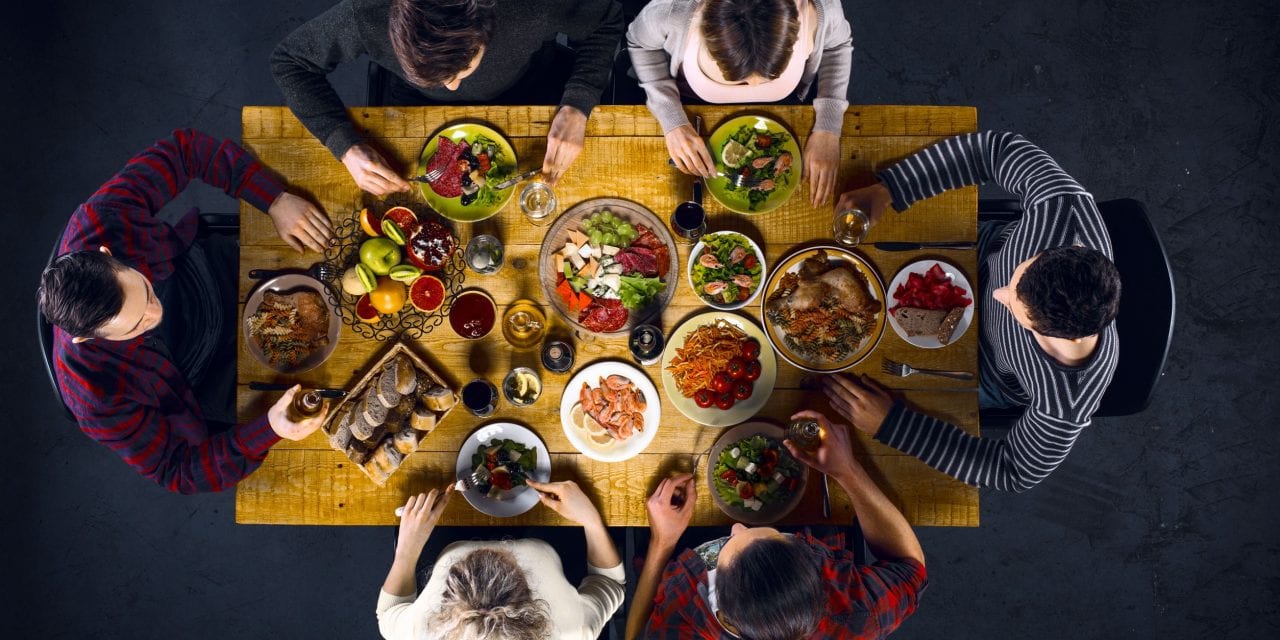Why is there still this big gap between the great food we grew up with (and continue to crave) and the stuff residents are being served in senior living communities?
By Susan Saldibar
Why is there still this big gap between the great food we grew up with (and continue to crave) and the stuff residents are being served in senior living communities?
It makes me sad to think of all these former chefs par excellence (otherwise known as “moms”) sitting in senior living communities eating a hodge-podge of dietary-department-approved processed convenience foods. These are the ladies (no I’m not being sexist) who once served up a mean bowl of chili, a spaghetti casserole to die for, and an apple pie that melts in your mouth. What gives?
David Koelling, President of Strategic Dining Services and RonnDa Peters, its VP of Marketing and Sales (Strategic Dining is a Senior Housing Forum partner) give me hope that things will change. They are providing senior living communities with tools to help reinvigorate their dining experiences and raise the bar to levels unheard of in the past. Not an easy job, but a worthy one.
Say “No” to Dining Management; Say “Yes” to Dining Support.
Here’s one of the problems. Many communities don’t want to tackle their dining experience at all. They find it easier to outsource their food services to third-party vendors. But, no matter how good they may be, there is a price to pay for the convenience — namely, the loss of control over the food sources and the way the food is prepared. “You end up having to yield to their ideas and their food,” David tells me. “And, since they have their own corporate purchasing contracts, chances are they’ll be serving more ‘convenience’ foods than fresh locally grown products. Yes, you can request changes from the Dining Service Director or Chef but, remember, they are reporting to someone else, not you.”
Strategic Dining is on a mission to help communities resist the mainstream and, as they put it, “Say ‘no’ to dining management and ‘yes’ to dining support.” And they want communities to know that they don’t have to go it alone. There are resources available to help nurture and grow your own dining services team. “You can and should be using dining to set yourself apart,” says RonnDa. “Remember, no one has your exact team. Cultivate and grow your dining experience with your own team. Don’t be afraid to be unique. That’s what people want.”
So, let’s assume a community is ready to resist the mainstream and turn their dining experience from mediocre to a solid differentiator? Without turning your dining room upside down, here are some baby steps you can take to get started:
-
Start with your menu. Challenge your chef and staff to replace 2 convenience food items on the plate with 2 that are nutritious and tasty. Think about it. If you do this every week, in a month you will have upgraded 8 dishes.
-
Query your residents and staff. Not a formal survey, but a face to face sit down. Formal surveys tend to attract input from those who either love everything or hate everything. You need to sit down with those who have more nuanced input, which is usually more valuable. Ask what dishes they like and which ones they don’t and find out why.
-
Vow to replace terms like “dietary department” with words like “dining service department”. This even applies to the budget worksheets and budget meetings. Leadership must be committed to the power of words to really affect change.“It seems like a small thing but, in reality, it’s huge,” says RonnDa. “Words matter and by continuing to refer to ‘dining’ as ‘dietary’ you perpetuate old ways of approaching food and the dining experience,” she tells me.
-
Now, put a spotlight on your dining experience. As your menus become healthier and more delicious, include the fruits of your efforts in your sales and marketing campaigns. The message is an important one for future residents and their families.
What I like about these steps is that you aren’t throwing out your existing team; you are giving them the help and support they need to move them up to a new level of quality. And maybe we’ll start delivering meals to the senior living table that our moms would approve of. But, David puts it best. “Don’t sell your soul to third parties,” he tells me. “Know that there is help out there and that you have resources,” he says. “But get on it now. Otherwise, you’ll be eating your competitor’s leftovers.”
You can learn more about the services Strategic Dining provides by visiting their website.
Click on the button below to download a PDF copy of this article:












